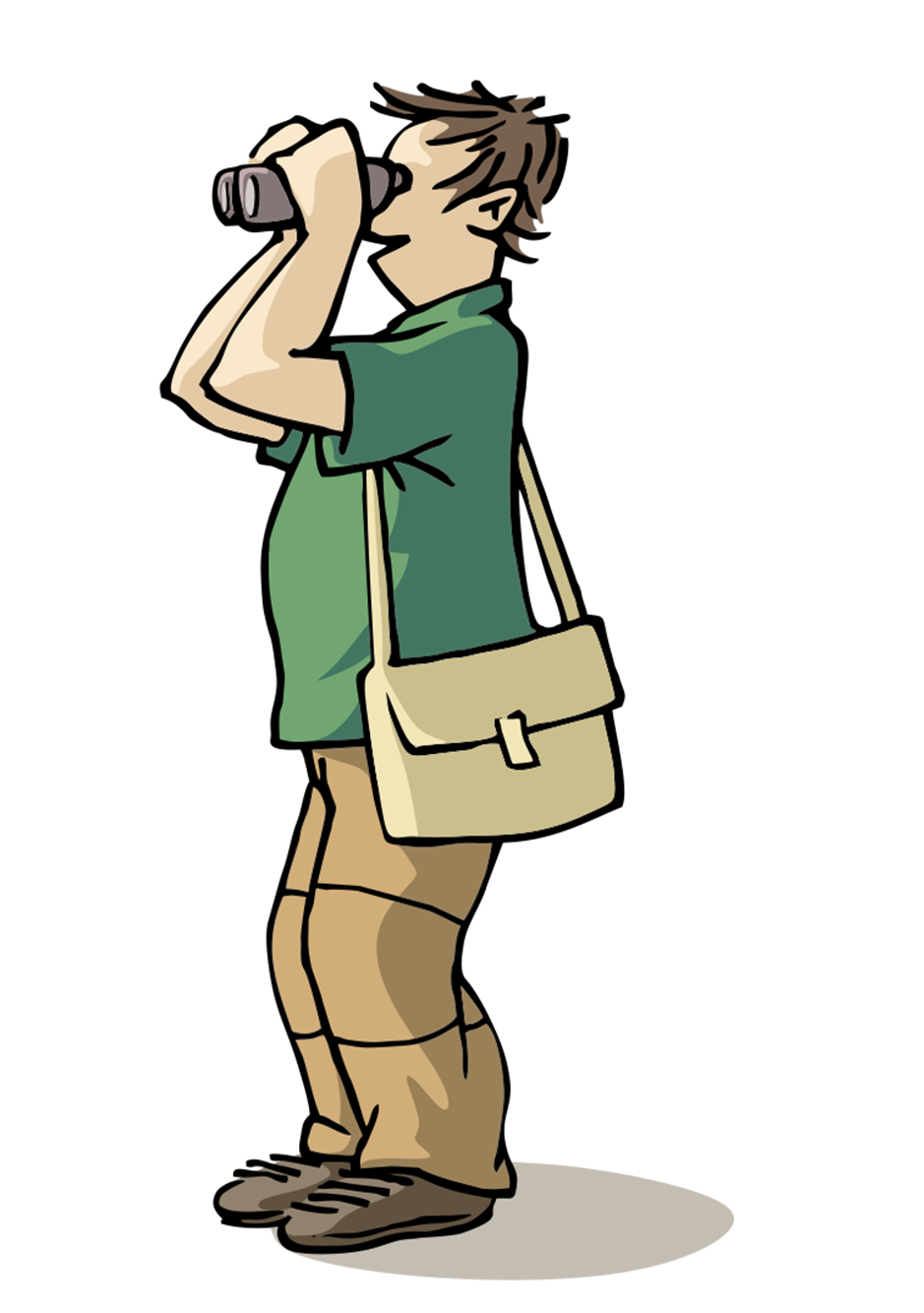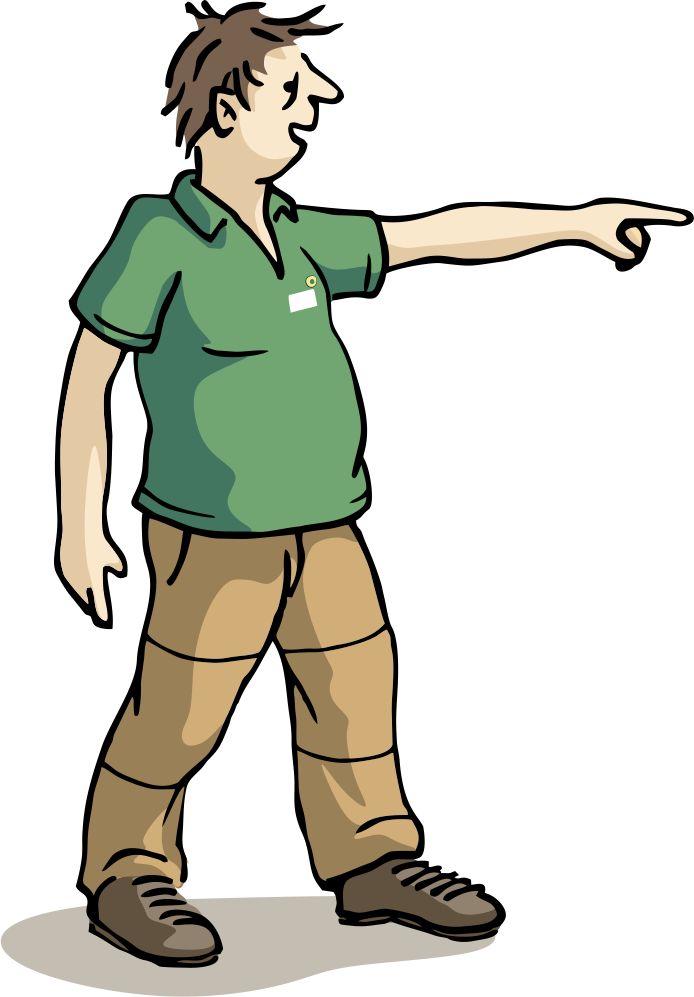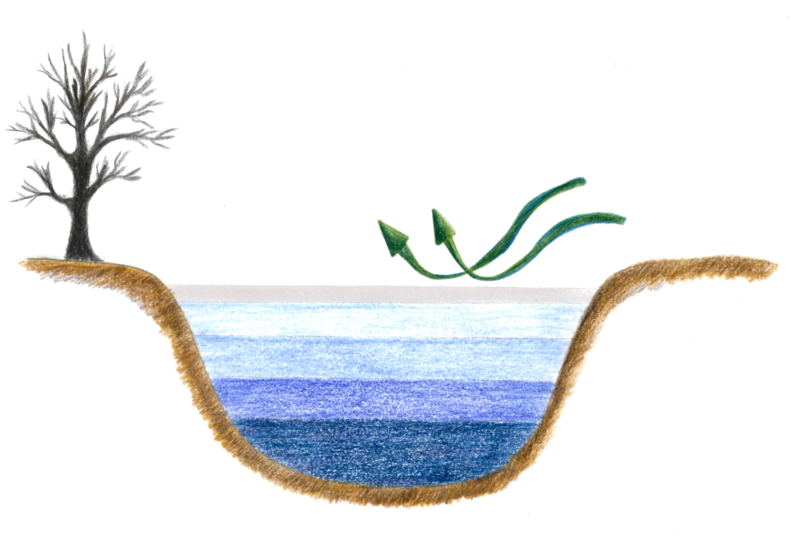What is an ecosystem?
An ecosystem is a community of plants and animals in a particular place. This can be meadows, forests or oceans. Or lakes and ponds. The word ecosystem consists of the parts eco, the Greek word for "house" or "household", and system, which means that something is interconnected. The natural science associated with ecosystems is ecology.







